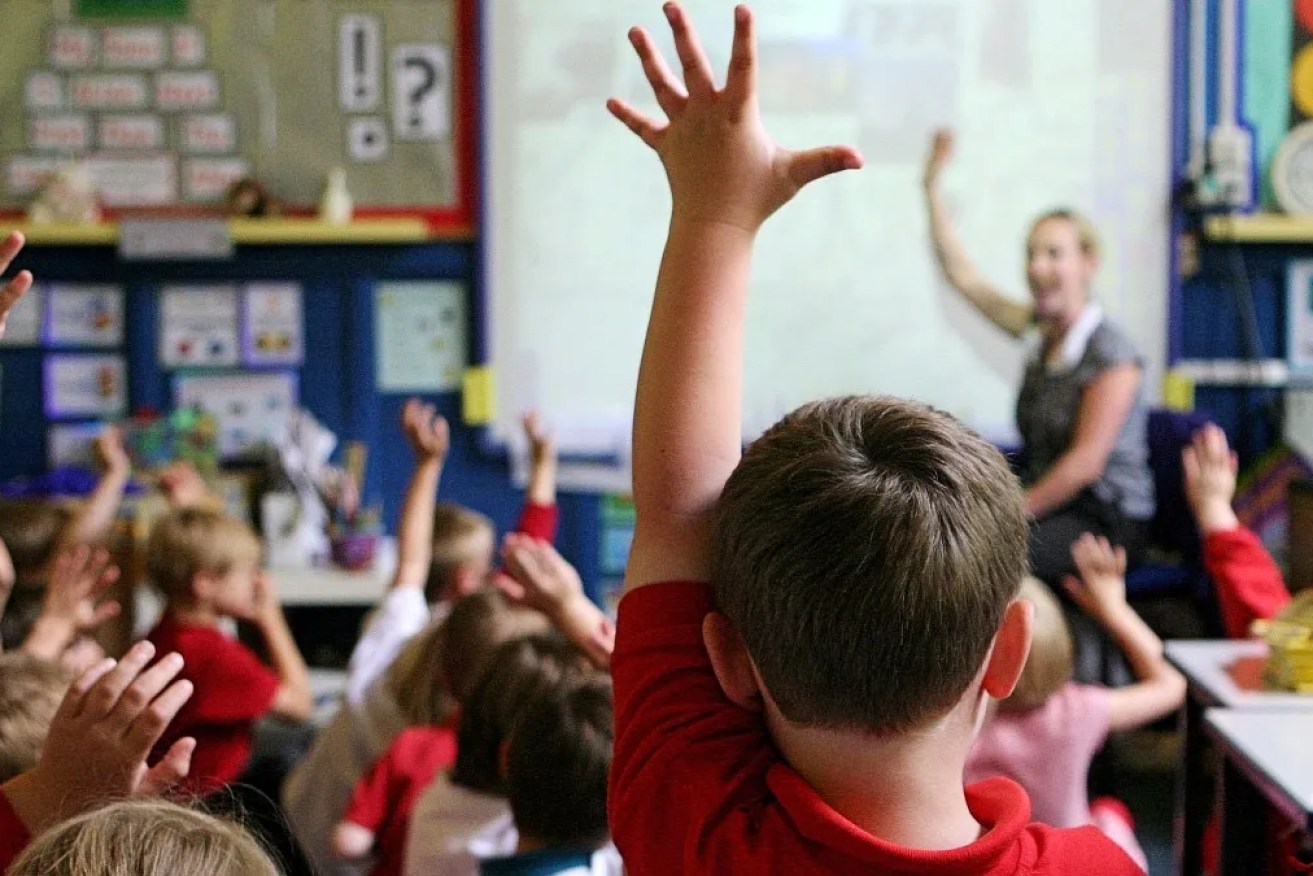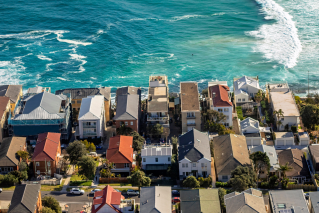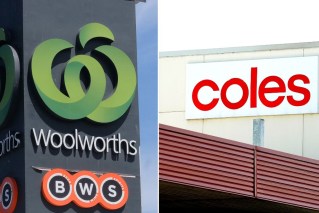Calls to fix $6.6 billion hole in public school funding as new deal looms


Funding for all West Australian public schools is set to increase from 95 per cent to 100 per cent. Photo: AAP
The Albanese government is facing renewed pressure to lift public school funding as new data shows an extra $6.6 billion a year required to meet minimum standards would “pay for itself”.
Analysis published on Monday by progressive think tank the Australia Institute found that the economy would be $17.8 billion to $24.7 billion better off if all public schools were adequately funded.
More than 98 per cent of public schools are currently underfunded, more than a decade after politicians pledged minimum educational resourcing standards under the Gonski reforms.
The report does not cover private schools, which controversially receive almost $19 billion in funding each year from federal, state and territory governments.
Centre for Future Work policy director Fiona Macdonald said the public funding gap is delivering poor educational outcomes for students, whereas proper funding would deliver higher incomes and a range of other benefits to taxpayers, including lower spending on social services support.
She said an upcoming renewal of funding agreements between state, territory and federal governments is a key opportunity to deliver more money to Australia’s network of public schools.
“This pays for itself,” Dr Macdonald said.
“Repairing the decline in school competition rates since 2017 brings benefits of up to $17.8 billion [a modest estimate].”
“This is an investment that needs to be made.”
Australia’s long-running debate over education funding has reignited in recent months as the Albanese government looks to ink fresh funding deals with the states by the end of next year.
Education Minister Jason Clare has kicked off a review aimed at considering an overhaul of the national school reform agreement, while intertwined talks with states and territories will consider how to pay for shortfalls in the so-called schooling resource standard that determines funding.
The standard, which was devised by David Gonski in 2011, is a mechanism to determine how much taxpayer funds a public school needs to meet minimum education standards.
But for reasons Dr Macdonald said were difficult to unpack, governments have failed to deliver on those standards for the vast majority of schools, which hurts the most vulnerable students.
“Inadequate funding is linked to falling school completion rates and declining relative performance in international achievement,” the Australia Institute’s report stated.
“Students from relatively disadvantaged socio-economic, regional, and Indigenous backgrounds are most likely to be affected.”
Who pays?
Australian Education Union federal president Correna Haythorpe said governments need to fully fund public schools by 2028 at the latest as the Commonwealth looks to sign a new deal.
“This research shows fully funding public schools will pay off for our kids and our country,” Ms Haythorpe said.
“Fully funding public schools is the only way to ensure that every child has every opportunity to succeed.”
The AEU has suggested that the Commonwealth lift its funding proportion for public schools from 20 per cent to 25 per cent under their next agreement, which would be worth billions.
The Greens are also calling on the federal government to spend more, pointing to private school funding as an example of where savings could be drawn to properly resource public schools.
Greens schools spokesperson Penny Allman-Payne said on Monday that inadequate funding is the key reason student performance continues to fall.
“Right now, public schools don’t have enough, while private schools have too much. It’s as simple as that,” she said.
“$6.6 billion is only a third of what our governments spend on fee-charging private schools every year. And it’s not like that’s doing anything to keep those fees down; fees in some private schools have risen 80 per cent in the past decade.”








